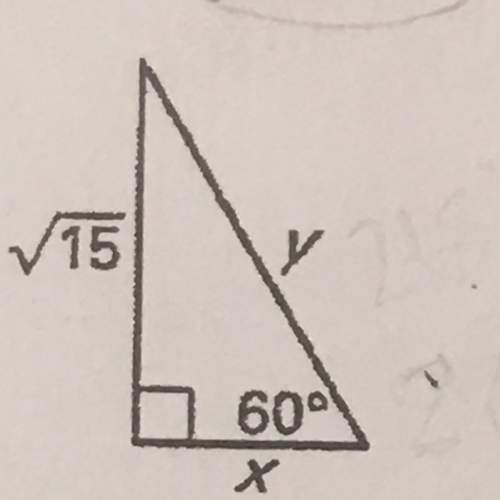
Mathematics, 22.04.2021 16:30 ligittiger12806
A contaminant is leaking into a lake at a rate of R(t) = 1800e^0.06t gal/h. Enzymes that neutralize the contaminant have been added to the lake over time so that after t hours the fraction of contaminant that remains is S(t) = e−0.32t. If there are currently 10,000 gallons of the contaminant in the lake, how many gallons will be present in the lake 17 hours from now? (Round your answer to the nearest integer.)

Answers: 2


Other questions on the subject: Mathematics

Mathematics, 21.06.2019 14:00, emblemhacks
Me. drysdale earned 906.25 in interest in one year on money that he had deposited in his local bank if the bank paid an interest rate of 6.25% how much money did mr. drysdale deposit
Answers: 3


Mathematics, 21.06.2019 19:00, mandilynn22
Let hh represent the number of hummingbirds and ss represent the number of sunbirds that must pollinate the colony so it can survive until next year. 6h+4s > 746h+4s> 74 this year, 88 hummingbirds pollinated the colony. what is the least number of sunbirds that must pollinate the colony to ensure that it will survive until next year?
Answers: 1

Mathematics, 21.06.2019 23:30, claytonhopkins
In a study of the relationship between socio-economic class and unethical behavior, 129 university of california undergraduates at berkeley were asked to identify themselves as having low or high social-class by comparing themselves to others with the most (least) money, most (least) education, and most (least) respected jobs. they were also presented with a jar of individually wrapped candies and informed that the candies were for children in a nearby laboratory, but that they could take some if they wanted. after completing some unrelated tasks, participants reported the number of candies they had taken. it was found that those who were identiď¬ed as upper-class took more candy than others. in this study, identify: (a) the cases, (b) the variables and their types, (c) the main research question, (d) identify the population of interest and the sample in this study, and (e) comment on whether or not the results of the study can be generalized to the population, and if the ď¬ndings of the study can be used to establish causal relationships.
Answers: 2
You know the right answer?
A contaminant is leaking into a lake at a rate of R(t) = 1800e^0.06t gal/h. Enzymes that neutralize...
Questions in other subjects:

Arts, 20.11.2020 23:30



Mathematics, 20.11.2020 23:30


Mathematics, 20.11.2020 23:30


Mathematics, 20.11.2020 23:30

English, 20.11.2020 23:30





